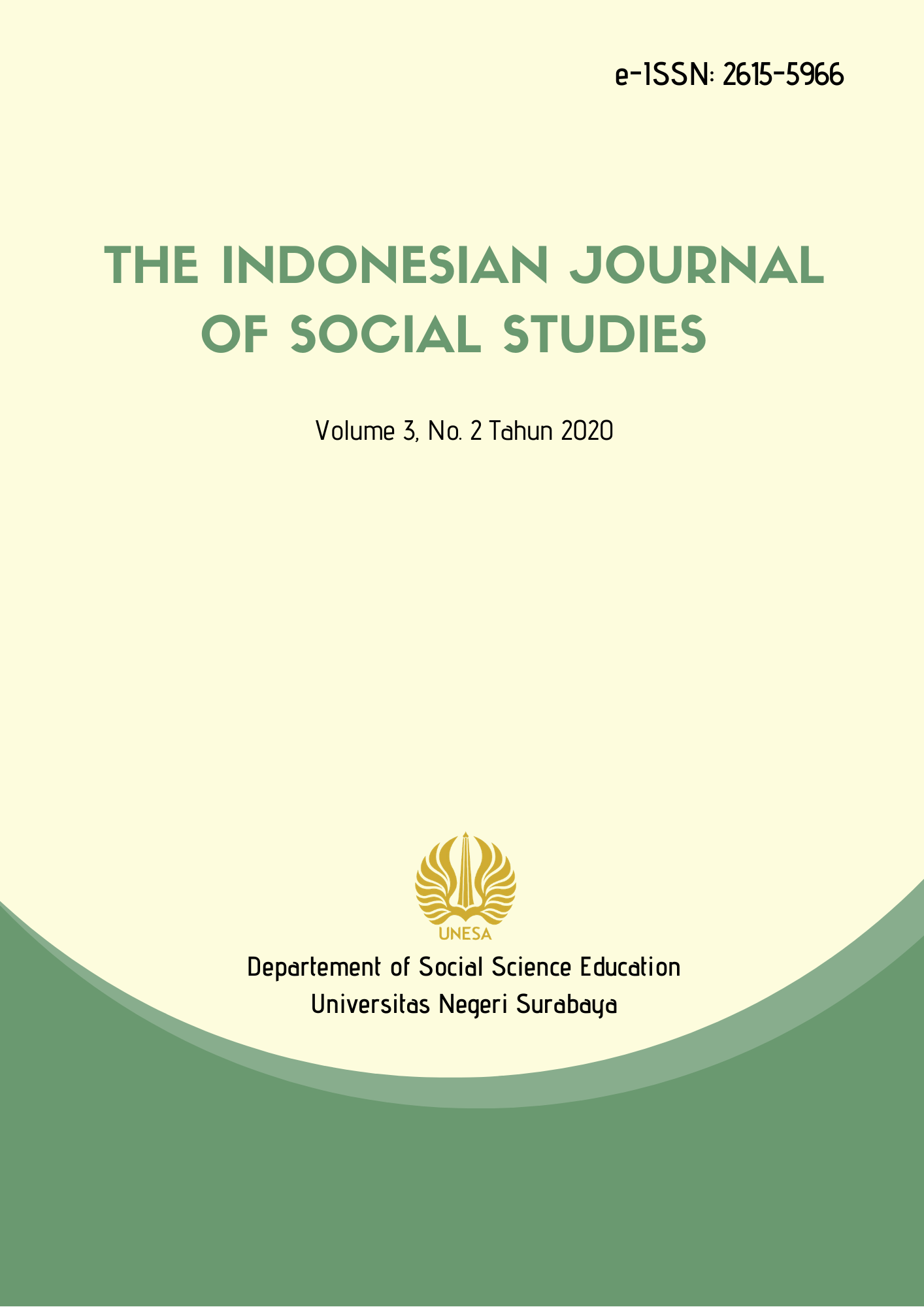From Opium to Shabu
A Flashback to the History of Narcotics in Indonesia
DOI:
https://doi.org/10.26740/ijss.v3n2.p126-133Abstract
From the case of the arrest of the perpetrators of the smuggling of one tonne of methamphetamine from China on the Wanderlust ship in Banten, and previously on March 1, 2017 in Medan, the perpetrators of narcotics smuggling from China were also caught with the type of methamphetamine weighing 12.72 grams, ecstasy as many as 3,702 pills, happy five as much as 454 points can provide clues about the existence of an organized motive from China to control Indonesia through narcotics or at least become a major player in the narcotics market in Indonesia. If traced through history, the opium culture in Indonesia is not a native Indonesian culture but was born as a result of the influence of Chinese migrants. This study aims to prove the pattern carried out by Chinese migrants in Indonesia related to narcotics from the colonial period to the present as well as the development of the culture of using opium from each period as well as regulation through the law against narcotics abuse.References
Benny G. Setiono. 2003. Tionghoa dalam Pusaran Politik, Jakarta: Elkasa.
Carey, Peter. 1995. Orang Jawa dan Masyarakat Cina (1755-1825). Jakarta: Pustaka Azet.
Houben, Vincent J.H. 1994. Keraton dan Kompeni Surakarta dan Yogyakarta 1830-1870. Leiden: KITLV Press.
Kahin, George Mc. Turman. 1996. Refleksi Pergumulan Lahirnya Republik: Nasionalisme dan Revolusi di Indonesia. Jakarta, Surakarta: Pustaka Sinar Harapan, Sebelas Maret University Press.
Kuntowijoyo. 2006. Raja, Priyayi dan Kawula. Yogyakarta: Ombak, 2006.
Larson, Goerge D. 1994. Masa Menjelang Revolusi; Keraton dan Kehidupan Politik di Surakarta 1912-1942. Jogjakarta: Gadjah Mada University Press.
Lombard, Denys. 1996. Nusa Jawa: Silang Budaya bagian 2 Jaringan Asia. Jakarta: Gramedia Pustaka Utama.
Markhamah. 2000. Etnis Cina: Kajian Linguistik Kultural. Surakarta: Muhammadiyah University Press.
Mely G. Tan. 1981. Golongan Etnis Tionghoa di Indonesia. Jakarta: PT. Gramedia.
Mona Lohanda. 2001. The Capitan Cina of Batavia 1837-1942. Jakarta: Djambatan.
R.M. Sajid. 1984. Babad Sala. Surakarta: Rekso Pustoko.
Ricklefs, M.C. 1991. Sejarah Indonesia Modern. Yogyakarta: Gadjah Mada University Press,
Sandick, Van L.H.W. 1909. Chineezen Buiten China: Hunne Beteekenis Loor de Onthwikkeling van Zuid-Oost-Azie Special van Nederlansch-Indie. S Gravenhage: M van der Beeks Hof boekhandel.
Sariyatun. 2005. Usaha Batik Cina di Vorstenlanden Surakarta Awal Abad XX. Surakarta: UNS Press.
Downloads
Published
How to Cite
Issue
Section
License

The Indonesian Journal of Social Studies is licensed under a Creative Commons Attribution 4.0 International License.
 Abstract views: 291
,
Abstract views: 291
, PDF Downloads: 479
PDF Downloads: 479





